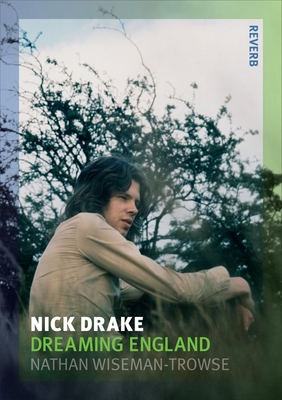
Nick Drake: Dreaming England (Reverb)
Description
Since his death in 1974 at the age of twenty-six, singer-songwriter Nick Drake has gained a huge international audience and come to be thought of as the epitome of English romanticism. But while his small body of work has evoked poetic comparisons with Blake and Keats, closer inspection of Drake’s music reveals many global and cosmopolitan influences that confound his status as an archetypal English troubadour. In this book, Nathan Wiseman-Trowse unravels the myths surrounding Drake and his work and explores how ideas of Englishness have come to be intimately associated with the cult musician. Probing deeply into Drake’s music for clues, Wiseman-Trowse finds hints of the English landscape that Drake would have wandered through during his lifetime, but he also uncovers traces of blues, jazz, and eastern mysticism that hint at a broader conception of English national identity in the late 1960s, one far removed from parochial nostalgia. Wiseman-Trowse then looks at how Drake’s music has been framed since his death, showing how Drake has been situated as a particular kind of English artist that integrates American counterculture, the English class system, and a nostalgic reimagining of the hippie era. An appealing story of folk music and English national identity, this book is essential reading for any fan of Nick Drake.
Praise for Nick Drake: Dreaming England (Reverb)
“Wiseman-Trowse analyses what [Nick Drake’s] Englishness consists of: the sense of wistfulness and melancholy, the strain of romanticism, and the pastoral landscapes evoked by his melodies and lyrics, as well as the solitary, contemplative images of Drake used for album covers and publicity shots. . . . It’s an astute analysis, and an evocative reminder of the handful (fewer than 40) of beautiful, delicate songs Drake left us.”
— Independent on Sunday
